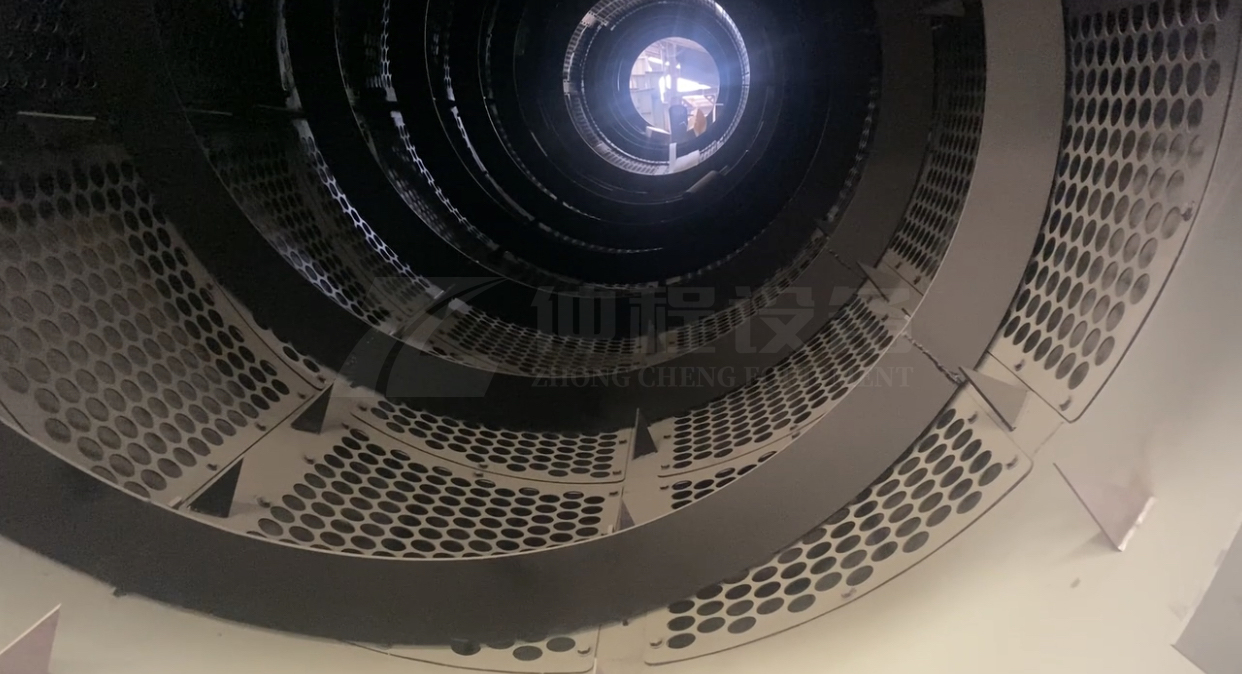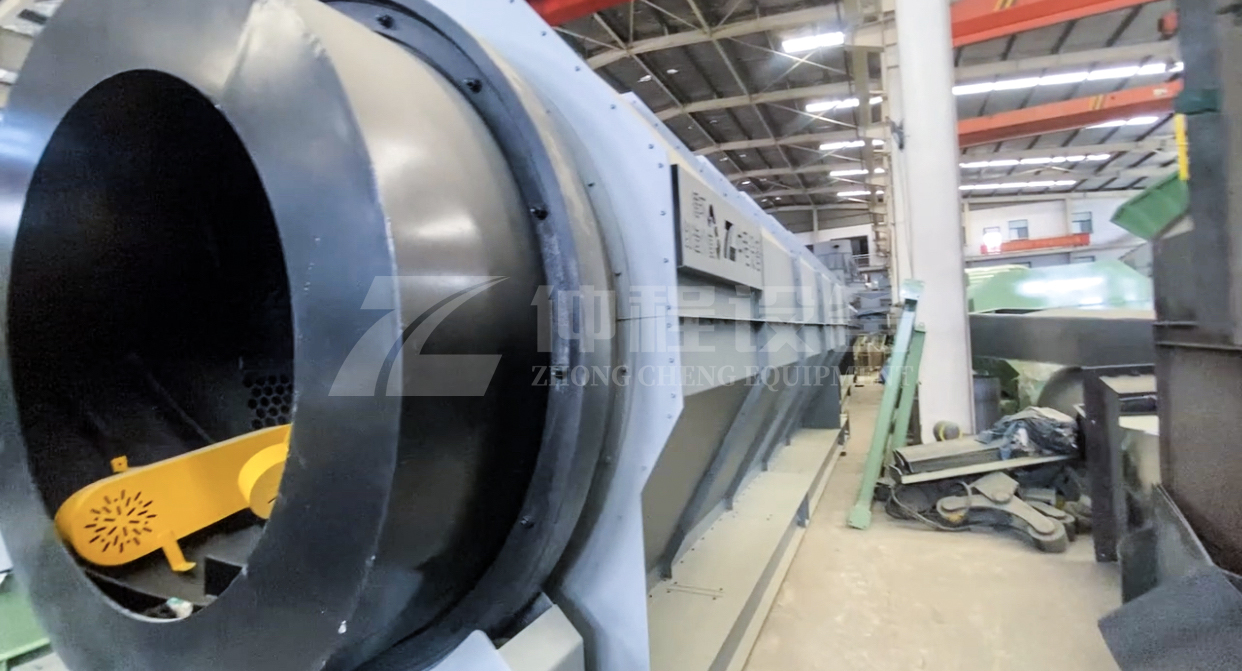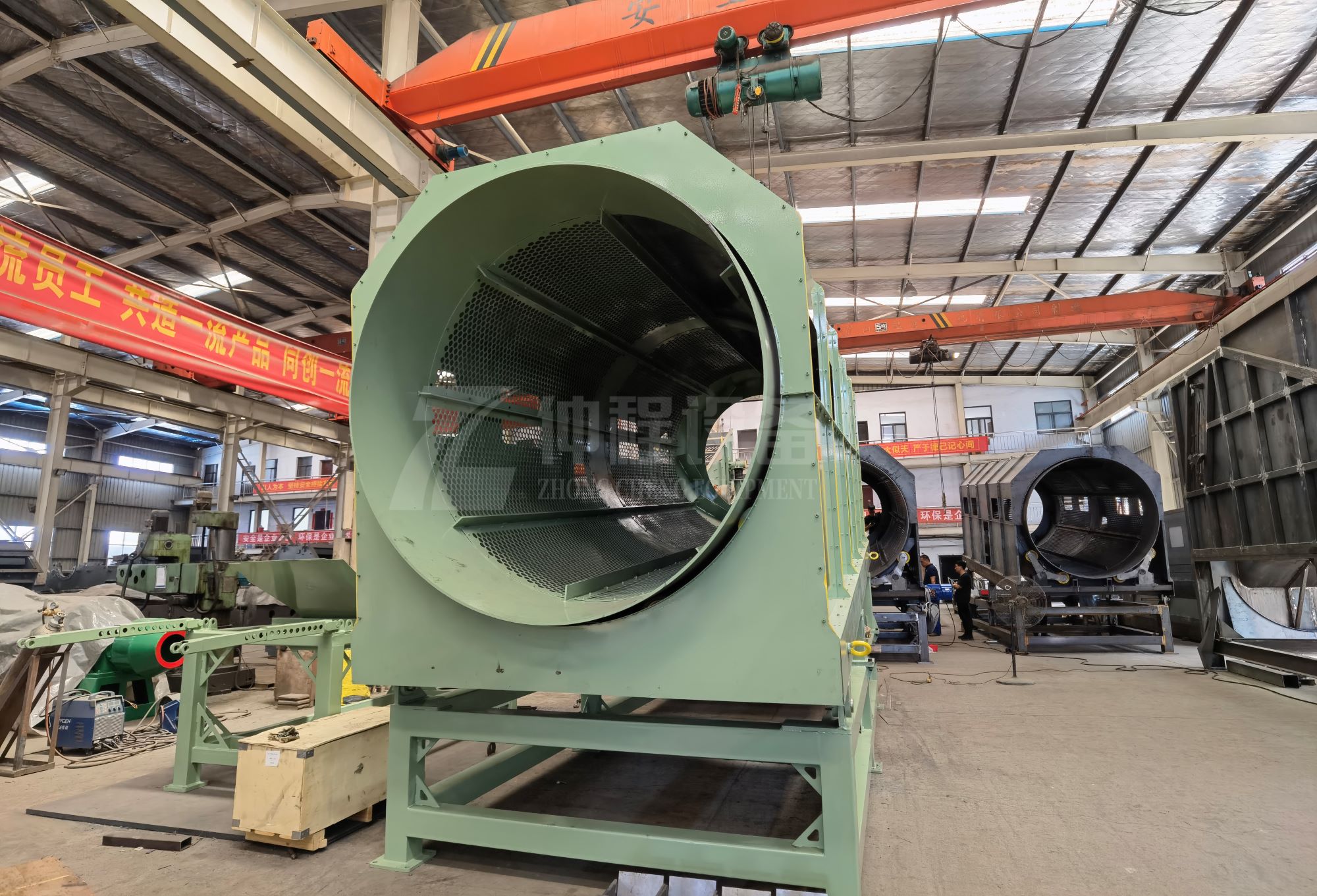Trommel Screen for Waste Management in the Pulp and Paper Industry
The pulp and paper industry is one of the largest and most demanding industrial sectors worldwide. With its extensive production processes, it generates significant waste and byproducts. Effective waste management is crucial to ensure sustainability, reduce environmental impact, and improve operational efficiency. Among the various technologies employed, the trommel screen stands out as a vital component in waste management for the pulp and paper industry. This article explores the importance, benefits, and applications of trommel screens in managing waste within this industry.
Understanding Trommel Screens
What is a Trommel Screen?
A trommel screen is a mechanical screening device used to separate materials based on their size. It consists of a rotating cylindrical drum with perforated holes that allow smaller particles to pass through while larger materials are retained inside the drum. This separation process is essential for efficient waste management, as it enables the classification and segregation of different waste components.
How Trommel Screens Work
Trommel screens operate by utilizing the rotating motion of the drum to facilitate the separation process. As the drum rotates, waste materials are fed into it, and gravity causes the finer particles to fall through the holes. The larger particles, unable to pass through, are moved towards the end of the drum for disposal or further processing. This simple yet effective mechanism allows for the efficient separation of materials based on size and density.

Benefits of Trommel Screens in Waste Management
1. Efficient Waste Separation
Trommel screens are highly effective at separating various components of waste, such as fibers, plastics, metals, and other contaminants. In the pulp and paper industry, where waste streams can be complex and diverse, trommel screens offer a reliable solution for classifying materials. This separation process enhances the efficiency of recycling operations and reduces the burden on downstream processing equipment.
2. Reduced Environmental Impact
Proper waste management is essential to minimizing the environmental footprint of the pulp and paper industry. By utilizing trommel screens, companies can efficiently separate and sort recyclable materials from waste, reducing the amount of waste sent to landfills. This contributes to a more sustainable and eco-friendly production process, aligning with global environmental regulations and corporate social responsibility goals.
3. Cost-Effective Solution
Trommel screens provide a cost-effective solution for waste management in the pulp and paper industry. Their simple design and robust construction make them durable and easy to maintain, reducing operational costs and downtime. Additionally, the ability to efficiently separate valuable materials from waste streams can lead to increased revenue through recycling and resource recovery.
4. Versatility and Customization
Trommel screens can be customized to suit the specific needs of the pulp and paper industry. With various sizes, configurations, and screen apertures available, companies can select trommel screens that match their waste management requirements. This versatility ensures that the trommel screen can effectively handle different types of waste materials, from coarse wood chips to fine paper fibers.

Applications of Trommel Screens in the Pulp and Paper Industry
1. Pulp Production
In pulp production, trommel screens play a crucial role in managing the waste generated during the pulping process. These screens are used to separate unwanted materials, such as bark, knots, and other contaminants, from the pulp fibers. By ensuring a cleaner pulp feedstock, trommel screens contribute to higher-quality end products and more efficient pulp processing.
2. Paper Recycling
Recycling is a significant aspect of waste management in the pulp and paper industry. Trommel screens are instrumental in paper recycling operations, where they help separate recyclable paper fibers from contaminants like plastics, metals, and adhesives. This separation process improves the quality of recycled paper products and reduces the need for virgin materials, promoting a circular economy within the industry.
3. Wastewater Treatment
Wastewater treatment is another critical area where trommel screens are utilized. In pulp and paper mills, wastewater often contains a mixture of fibers, solids, and other debris. Trommel screens effectively remove larger particles from the wastewater stream, enhancing the efficiency of subsequent treatment processes. This results in cleaner effluent and reduced environmental impact.
4. Solid Waste Management
Solid waste generated in the pulp and paper industry includes rejects, sludges, and other residues. Trommel screens are employed to separate valuable materials, such as recoverable fibers, from solid waste streams. By extracting reusable components, trommel screens contribute to waste reduction and resource recovery efforts, ultimately minimizing the industry's waste footprint.

Challenges and Considerations
1. Material Characteristics
The efficiency of trommel screens in waste management depends on the characteristics of the materials being processed. Factors such as particle size, density, and moisture content can affect the separation process. It is essential to select the appropriate screen size and configuration to accommodate the specific waste materials encountered in the pulp and paper industry.
2. Maintenance and Operation
While trommel screens are known for their durability, regular maintenance is crucial to ensure optimal performance. The rotating drum and screening surfaces can wear over time, leading to reduced efficiency. Implementing a maintenance schedule and routine inspections can help identify and address potential issues before they impact operations.
3. Integration with Existing Systems
Integrating trommel screens into existing waste management systems requires careful planning and consideration. Ensuring compatibility with other equipment and processes is essential to achieve seamless operations. Collaboration with equipment manufacturers and waste management experts can facilitate successful integration and maximize the benefits of trommel screens.
Conclusion
Trommel screens are a valuable asset for waste management in the pulp and paper industry. Their ability to efficiently separate materials, reduce environmental impact, and offer cost-effective solutions makes them an indispensable tool in modern waste management practices. By incorporating trommel screens into their operations, pulp and paper companies can enhance sustainability, improve resource recovery, and contribute to a more environmentally responsible industry. As the industry continues to evolve, the role of trommel screens in waste management will remain pivotal in achieving a more sustainable future.
-
 Trommel screenTrommel screen, also known as drum screens, are widely used in various industries for sorting and separating materials.Get Quote
Trommel screenTrommel screen, also known as drum screens, are widely used in various industries for sorting and separating materials.Get Quote -
 Crop straw double shaft shreddApplications:Biomass Energy Production: Shredded straw can be used as a feedstock for bioenergy plants to produce electricity or heat.Livestock Feed: Reduced-si...Get Quote
Crop straw double shaft shreddApplications:Biomass Energy Production: Shredded straw can be used as a feedstock for bioenergy plants to produce electricity or heat.Livestock Feed: Reduced-si...Get Quote -
 Zhongcheng Air Drum SeparatorAir drum separators effectively separate lightweight materials (e.g., plastics, paper) from heavier materials (e.g., metals, glass). This high efficiency is cru...Get Quote
Zhongcheng Air Drum SeparatorAir drum separators effectively separate lightweight materials (e.g., plastics, paper) from heavier materials (e.g., metals, glass). This high efficiency is cru...Get Quote
-
2024-04-13Vibrating FeederA vibrating feeder is a mechanical device used to convey materials, typically in bulk, from one location to another in a controlled manner. This equipment is co...
-
2024-05-18Hydraulic Cone CrusherHydraulic Cone Crusher integrates machinery, hydraulic pressure, electrics, automation, and intelligent control, which can be used for medium crushing, fine cru...
-
2025-04-21Compact Copper Cable Granulator MachineThe compact copper cable granulator machine is a device used to recycle waste wires and cables. It separates the copper wire from the plastic sheath by crushing...
-
2024-05-20Mobile Impact Crusher PlantThe mobile impact crusher plant is a kind of crushing equipment based on a mobile platform. It uses an impact crusher as the host machine and is usually equippe...
-
2024-04-13Wobbler FeederWobbler feeder is a type of feeding equipment that uses rotating elliptical bars, known as wobblers, to separate materials based on size and type before they re...



